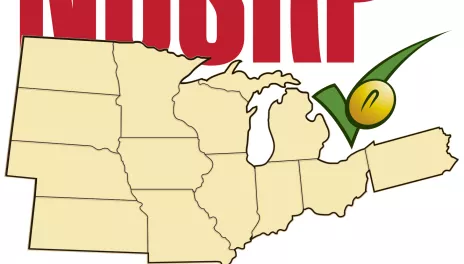Using Data Driven Knowledge for Profitable Soybean Management
Over the course of the last decade, the amount of data that the agricultural sector generates has grown at an exceptionally fast rate. Whether those data are associated with yield monitors, or just simply field level information such as average yield, those data help drive decisions that we make moving forward. By taking advantage of these data sets, producers may be able to leverage this information in order to make more informed decisions regarding management practices that would have the effect of increasing yield, as well as increasing profit. Of course, the development of a field-level application that provides producers a way of inputting data and securing a management strategy directed to their unique situations requires both field level data, as well as more environmentally based information such as weather and rain patterns. As identified by numerous researchers, one of the major drawbacks to current approaches of identifying practices and factors that can be manipulated by producers to increase profits is that these approaches tend to generalize the results of the analysis across large spatial extents, and therefore lack real applicability to field-level decision-making.
Researchers at the Carrington REC are working with multiple states in an effort to develop a method to downscale results such that a producer may input field-level information and receive a management strategy applicable to their unique situation. This process, of course, requires help from the producers. There are a few components of this worth mention:
- The research team prepared a producer survey that we are asking willing participants to fill out. The survey asks specific questions regarding current field management practices and provides a mechanism to upload the 2021 yield monitor information (if available). Yield monitor data allows for in-field variability to be accounted for in the development of the models. All data will remain confidential. The survey can be found at https://arcg.is/1OD5an2 or you can scan this QR code:
 Photo Credit:North Central Soybean Research ProgramQR code linking to https://arcg.is/1OD5an2
Photo Credit:North Central Soybean Research ProgramQR code linking to https://arcg.is/1OD5an2 - In-season scouting will be conducted at no cost to the producers. Researchers will scout a subset of soybean fields at no cost to the producer. At the conclusion of each scouting session, the producers will be provided the results of the scouting mission for their own use.
- At the conclusion of each year, the collected data will be standardized into a single, consistent format, and input into a digital database. We will incorporate soil data for each field from readily available datasets, and weather and satellite imagery.
The field scouting efforts, in conjunction with the producer provided survey data will be analyzed together to allow us to identify opportunities for improving profitability regionally, but more importantly, at the field level. Results from the analyses will be communicated directly back to the producers for their own use and benefit.
If you have any questions, or are interested in participating please contact David Kramar.
David Krama, Ph. D.
david.kramar@ndsu.edu
Precision Agriculture Specialist

